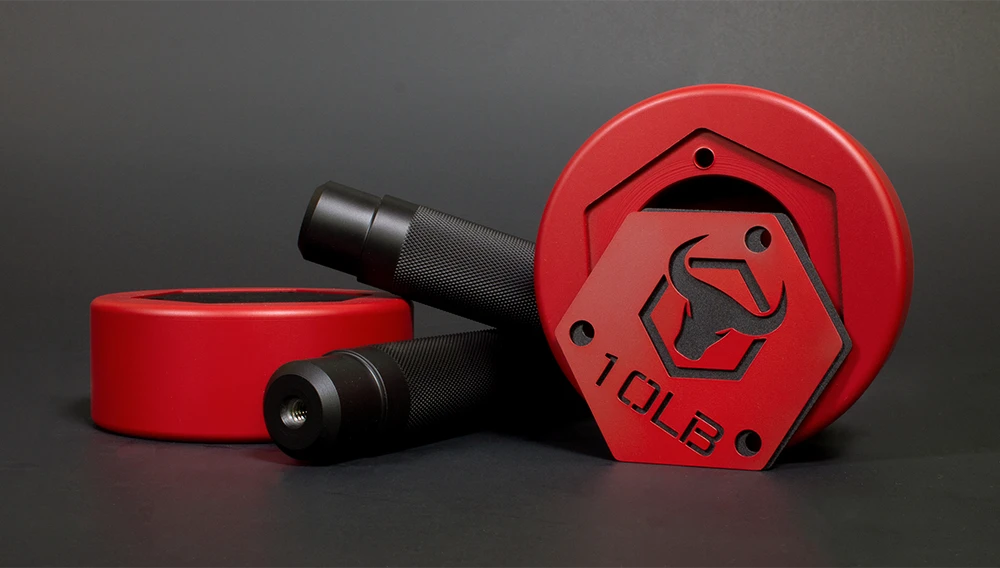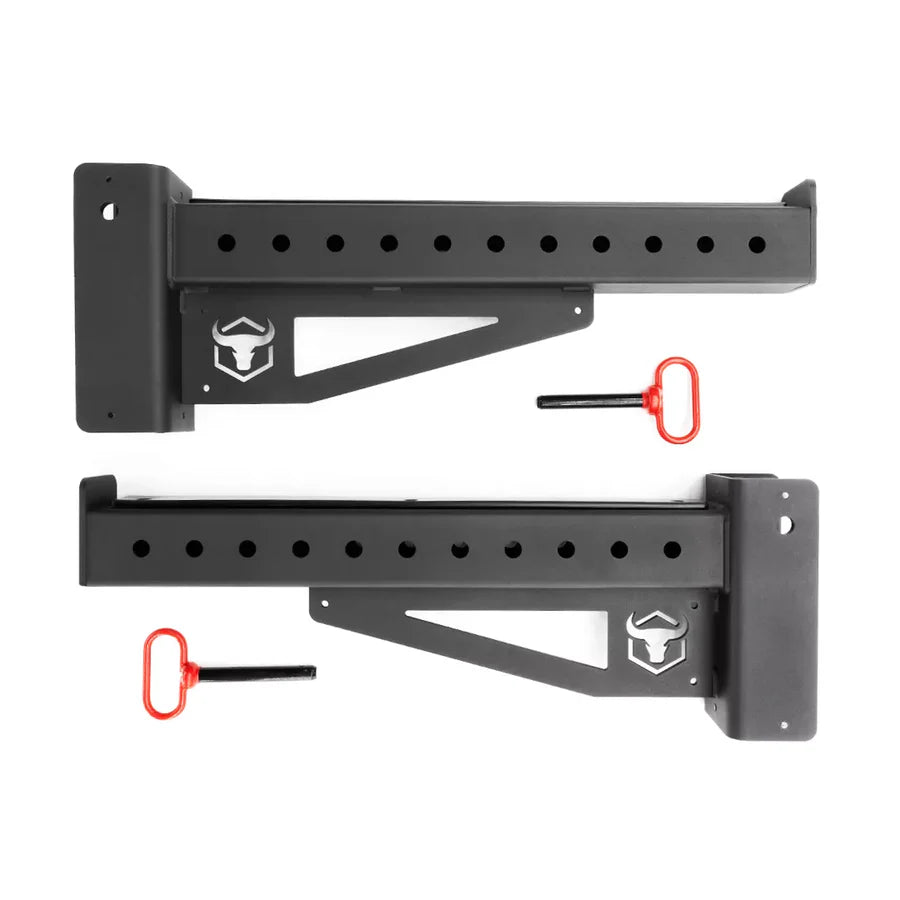Comment roder une ceinture de levage

Lorsque vous achetez une ceinture de musculation , surtout en cuir, vous la trouvez souvent rigide et inconfortable. Porter une ceinture rigide pendant les squats, les soulevés de terre ou autres exercices de musculation peut provoquer des ecchymoses, des pincements ou une gêne générale, ce qui peut vous distraire. Cependant, un bon rodage de votre ceinture lui permet de s'adapter à votre corps, la rendant plus confortable tout en offrant le soutien essentiel pour soulever des charges lourdes.

Une ceinture bien rodée épousera non seulement la forme de votre corps, mais sera également plus facile à serrer. Cela vous permettra de créer la pression intra-abdominale adéquate pendant vos exercices, essentielle à votre sécurité et à votre stabilité. Une ceinture bien rodée deviendra une extension naturelle de votre corps, vous permettant de vous concentrer sur votre performance sans être distrait par l'inconfort.
Méthodes efficaces pour roder une ceinture de levage
Inutile de subir des semaines d'inconfort pour essayer d'adapter une ceinture de musculation. Grâce à ces méthodes, vous pouvez accélérer le processus et bénéficier d'un ajustement confortable et ajusté beaucoup plus rapidement.
Utilisation régulière pendant les entraînements
Le moyen le plus simple et le plus efficace de roder votre ceinture est de l'utiliser pendant vos séances d'entraînement. Portez-la autant que possible, non seulement pour vos exercices les plus lourds, mais aussi pendant les échauffements et les séries plus légères. Plus vous la porterez, plus elle s'adaptera à votre morphologie. Avec le temps, la ceinture s'assouplira naturellement et vous constaterez qu'elle devient moins rigide et plus souple.
Enroulez-le lorsqu'il n'est pas utilisé
Une autre astuce simple consiste à bien enrouler votre ceinture lorsque vous ne l'utilisez pas. Rangez-la dans votre sac de sport en position roulée pour que le cuir s'assouplisse et devienne plus souple. Veillez à l'enrouler régulièrement dans les deux sens pour que le cuir se raffermisse uniformément, surtout aux endroits plus rigides, comme près de la boucle ou du levier.
Appliquez de la chaleur (mais soyez prudent)
La chaleur est un autre excellent moyen d'assouplir une ceinture en cuir rigide. Vous pouvez la laisser dans un endroit chaud, comme près d'une fenêtre ou dans une voiture chaude. Évitez simplement l'exposition directe au soleil, car une chaleur excessive peut dessécher le cuir et l'endommager. Vous pouvez également utiliser un sèche-cheveux réglé à basse température et le passer délicatement sur la ceinture pour la réchauffer. Cette méthode permet d'assouplir la ceinture et de l'adapter plus rapidement à votre corps.
Pour une méthode plus rapide, vous pouvez également chauffer votre ceinture au four à très basse température (pas plus de 93 °C). Placez la ceinture sur un torchon pour éviter tout contact direct avec les surfaces métalliques du four et laissez la porte du four entrouverte. Veillez à ne pas la laisser trop longtemps, juste assez pour rendre le cuir souple sans le dessécher ni le brûler.
Utiliser un revitalisant ou une huile pour cuir
Un produit d'entretien ou des huiles pour cuir, comme l'huile de vison, peuvent faire des merveilles pour le rodage d'une ceinture de levage. Ces produits assouplissent le cuir, le rendant plus souple et plus confortable. Appliquez simplement une petite quantité d'huile ou de produit d'entretien sur la ceinture et faites-la pénétrer à la main. Assurez-vous de bien couvrir toutes les zones, puis laissez la ceinture reposer un moment pour permettre à l'huile d'absorber. Cela assouplit la ceinture et protège le cuir des fissures et de l'usure.
Travailler la ceinture à la main
Pour ceux qui souhaitent roder leur ceinture plus rapidement, travailler la ceinture manuellement peut faire toute la différence. Cela implique de la plier, de la tordre et de l'enrouler dans différentes directions. Insistez sur les zones particulièrement raides, comme près de la boucle ou sur les bords. Soyez doux mais ferme, car vous ne voulez pas endommager la ceinture, mais vous voulez la détendre. Combinez cette méthode avec d'autres méthodes, comme la chaleur ou un après-shampoing, pour accélérer le rodage.
Ceintures qui ne nécessitent pas de période de rodage
Toutes les ceintures de musculation ne nécessitent pas de période de rodage, ce qui est une excellente nouvelle si vous cherchez un modèle utilisable immédiatement. Les ceintures sans rodage sont généralement fabriquées dans des matériaux plus souples comme le nylon ou des modèles en cuir plus fins. Ces ceintures peuvent être portées confortablement dès le premier jour, sans nécessiter d'étapes supplémentaires pour les assouplir.
Ceintures en nylon
Les ceintures de musculation en nylon sont idéales pour les haltérophiles qui recherchent une ceinture immédiatement utilisable. Plus souples que celles en cuir, elles sont couramment utilisées en CrossFit ou en musculation de loisir, où la souplesse et le confort sont essentiels. Contrairement aux ceintures en cuir, les ceintures en nylon ne s'enfoncent pas dans la peau et offrent un maintien suffisant pour les mouvements dynamiques ou la musculation à poids modéré.
Ceintures en cuir fines
Les ceintures en cuir fin (environ 7 à 10 mm) nécessitent généralement moins de temps d'adaptation que leurs homologues plus épaisses. De nombreux athlètes trouvent ces ceintures confortables après seulement quelques utilisations. Si vous recherchez un équilibre entre confort et maintien sans une longue période d'adaptation, une ceinture de 10 mm peut être une bonne option.
Pour les haltérophiles qui privilégient le confort et la rapidité d'utilisation, vous pouvez envisager des ceintures en nylon ou en cuir plus fines. Ce sont d'excellentes options pour ceux qui recherchent un bon maintien sans avoir à s'habituer à une ceinture en cuir plus épaisse.
Combien de temps faut-il pour roder une ceinture de levage ?
Le temps de rodage d'une ceinture de musculation dépend de son matériau et de son épaisseur. En général, les ceintures en cuir, surtout les plus épaisses (comme les ceintures de compétition de 13 mm), nécessitent entre 2 et 12 semaines pour être complètement rodées. Ce délai suppose une utilisation régulière de la ceinture pendant vos entraînements. Les ceintures plus fines, comme celles de 10 mm, nécessitent généralement moins de temps, environ 4 à 6 semaines.
En suivant les méthodes décrites ci-dessus, vous pouvez potentiellement réduire considérablement ce délai. L'application de chaleur, l'utilisation d'un après-shampoing et le port régulier de la ceinture sont essentiels pour la rendre plus souple, plus rapidement.
Signes que votre ceinture est complètement cassée
Après avoir suivi ces méthodes, vous devriez constater que votre ceinture est plus confortable à porter. Voici quelques signes clés indiquant que votre ceinture est complètement rodée :
- Plus de flexibilité : la ceinture doit être beaucoup moins rigide et plus facile à serrer.
- Ajustement confortable : vous ne devriez plus ressentir d'inconfort ni d'ecchymoses lorsque vous portez la ceinture.
- Performances améliorées : la ceinture fournira la bonne quantité de soutien sans être restrictive, vous permettant de soulever des charges plus lourdes avec une meilleure forme.
En portant la ceinture régulièrement, en appliquant de la chaleur et en utilisant un produit d'entretien pour cuir, vous pouvez accélérer le processus et la rendre plus souple. Que vous utilisiez une ceinture de 10 mm ou de 13 mm , un bon rodage sera bénéfique à long terme : vous gagnerez en performance et en sécurité sous de lourdes charges.


